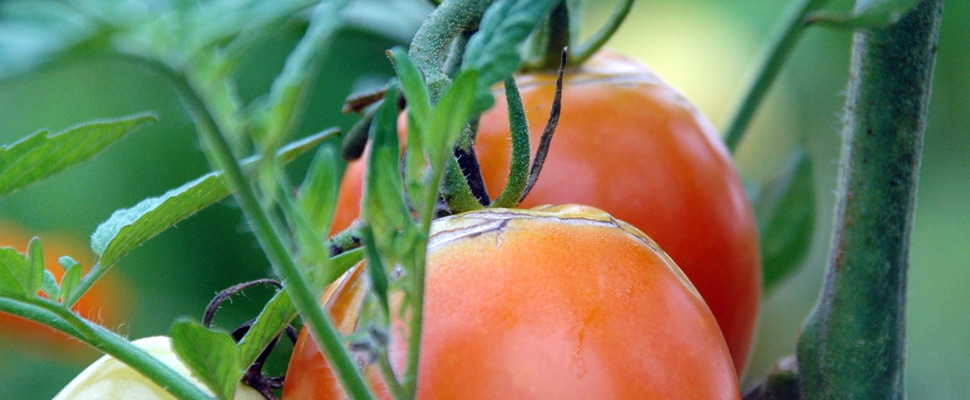Let’s talk about food. Whole food. You’ve probably heard the term before but what does it really mean? Whole foods are “food that has little or no refining or processing and containing no artificial additives or preservatives.” Essentially, it’s food in its most natural state, and it has loads of benefits for you, including a boosted immune system and decreased risk for major diseases.
How to Get More Whole Food
Simple first step: start reading nutritional labels. If there are ingredients listed on the label that you have never seen before or cannot pronounce, it’s probably not a whole food. One easy tip to avoiding the urge to buy more processed food is to stay out of the middle aisles at grocery stores. Spend most of your time on the perimeter, where the fruits and veggies are. You could also shop at a farmer’s market (including the Campus Farmer’s Market on Wednesdays from 10 am – 3 pm), where you’ll find a greater selection of whole food. Better yet: grow your own produce.
Eat this, not that
If you find yourself staring at a food item and you are not sure if it is a whole or processed food, ask yourself this question: “Do I know where this came from?” If not, you could probably find a healthier option, such as these easy whole food alternatives to popular snacks.
Canned fruit vs. fresh fruit
Throwing canned fruit in your bag for breakfast or a snack is convenient but so is packing an apple or peach. Fresh produce is often packed with more vitamins and antioxidants than canned produce.
Potato chips vs. kale chips
Next time you need a little snack, replace those go-to potato chips with baked kale chips. Kale chips are easy to make, and kale is among the most affordable items in the grocery store. It also happens to be insanely nutritious.
Pasta vs. zucchini noodles
We know this sounds weird but give it a try. Zucchini noodles are lower in calories, have lots of flavor and are packed with whole food nutrition.
Ice cream vs. frozen fruit
Do you have a sweet tooth? Most of us do and the good news is it can still be satisfied by whole foods. Try frozen blueberries or sliced frozen strawberries for your next dessert. This option will satisfy your sweet tooth while providing important nutrients to your body.
Sugary juice vs freshly squeezed orange juice
The fresh stuff is going to taste better than sugar-added juice and will give your body the power it needs for the day. Juicing has recently surged in popularity again, so there are many other whole foods you can combine into a healthy juice if oranges aren’t your thing.
White bread vs. bread from your local bakery
Have you looked at the ingredient label for bread? It’s not uncommon for bread to have 20+ ingredients, many of which are added to extended its shelf life. Since many local bakeries specialize in fresh-made bread, they may have a simpler recipe that doesn’t use as many preservatives. Ask your local bakery for the ingredients they use before purchasing.
Soda vs. naturally flavored seltzer water
If you love the carbonation of a cold beverage, try a flavored seltzer water instead of a soda. It’s water — except more fun.
French fries vs. baked potato
It’s the same food, just one’s processed and one’s not.
This list, of course, if just a start. What ideas do you have for eating more whole food?
